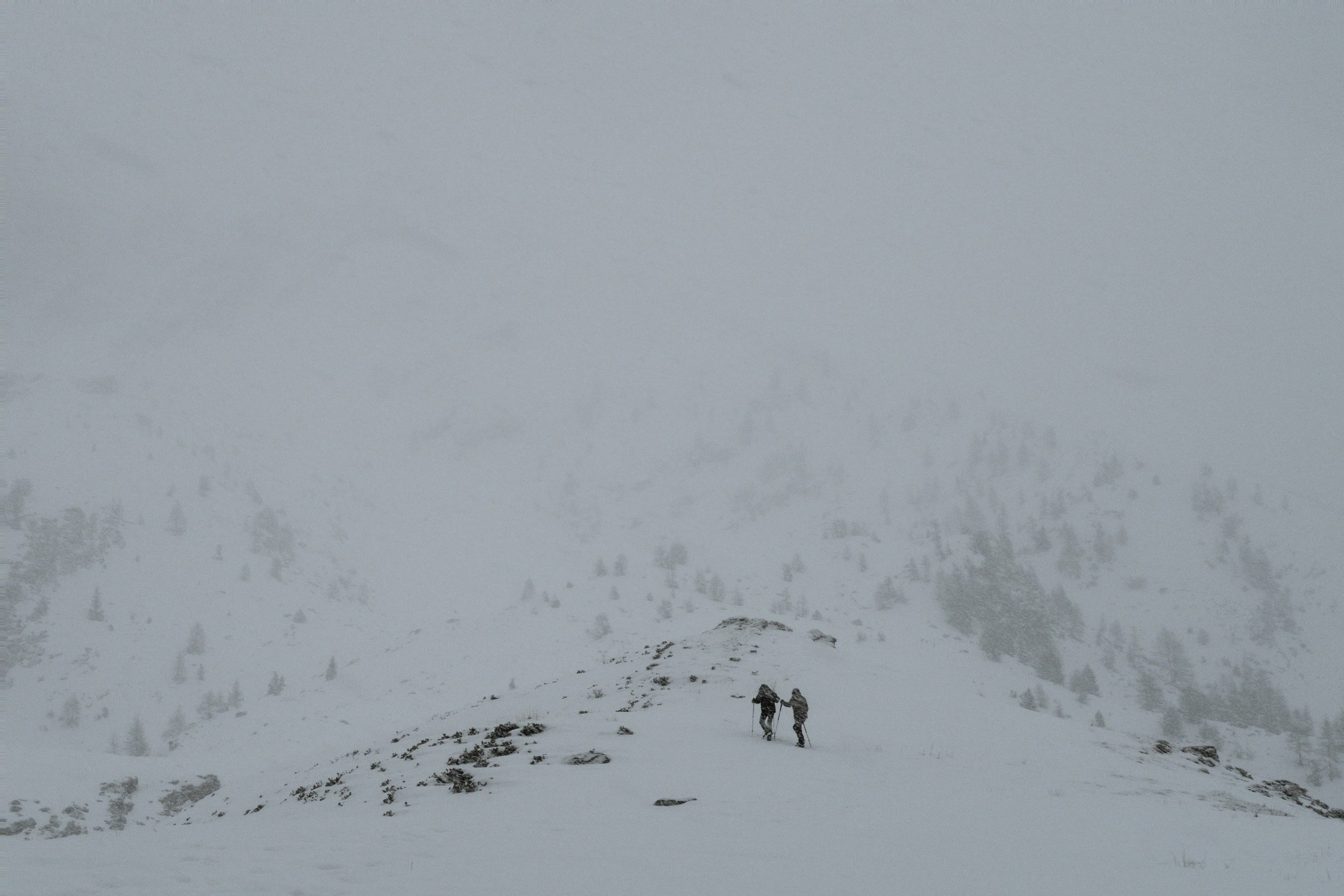Frequently Asked Questions

What is Dawn Patrol?
Dawn Patrol is a backcountry skiing app designed to help you plan safer and smarter tours. It provides detailed route descriptions, advanced terrain analysis, and tools to assess avalanche risks, enabling skiers and snowboarders to make more informed decisions in avalanche terrain.
How do I use Dawn Patrol?
Use Dawn Patrol to explore route options and evaluate them against the day's avalanche forecast. The app provides terrain guidance, custom filters, and map overlays to help identify potential hazards. You can also use the route profiling tool to analyze elevation, slope angles, and terrain risks along your planned path. Remember, Dawn Patrol is a planning tool and does not replace your own judgment or training.
Does Dawn Patrol replace taking avalanche training or reading the forecast?
No. Dawn Patrol is not a substitute for professional avalanche education or understanding the official avalanche forecast. Always complete proper avalanche training and review the forecast in detail before heading into the backcountry. You are ultimately responsible for your own safety.
How does Dawn Patrol work?
Dawn Patrol integrates data from avalanche forecasts, topographic maps, and terrain analysis to provide insights into potential hazards. It overlays this information on an interactive map and offers features like terrain scoring and route profiling to support your trip planning process.
What is ATES?
ATES, or Avalanche Terrain Exposure Scale, is a system used to classify terrain based on its level of exposure to avalanche hazards. Dawn Patrol incorporates ATES ratings into route descriptions to help you quickly assess the difficulty and risk associated with different terrain types. However, ATES ratings are only one part of your decision-making process and should be used alongside other tools and observations.
How do you calculate ATES?
ATES ratings are based on terrain features like slope angle and land coverage, as well as historical weather and avalanche data. We combine this data to identify potential avalanche release areas, simulate runouts, and classify terrain. While these classifications provide valuable guidance, users must verify conditions in the field and rely on their training and judgment.
How do you generate terrain advisories?
Terrain advisories in Dawn Patrol are generated using a combination of ATES classifications, avalanche forecasts, and terrain analysis, according to the Avaluator framework. These advisories provide general guidance based on known conditions but are not a replacement for your own assessment or training. Always exercise caution in the backcountry and make decisions based on current conditions.
How do you calculate slope angle?
Slope angles are calculated using high-resolution USGS Digital Elevation Models (DEMs). The app highlights areas within specific angle ranges to help identify slopes prone to avalanches. Keep in mind that while slope angle is a critical factor, it is only one part of evaluating avalanche risk, which also depends on snowpack, weather, and other conditions.
What are custom terrain layers?
Custom terrain layers in Dawn Patrol allow you to create custom map layers based on your own DEM criteria. For example, users can create a layer to highlight North facing slopes above 9000 feet elevation between 30 and 45 degrees. These layers provide additional context for planning but should be interpreted as supplemental information, not definitive guidance. Always validate conditions and use your own judgment.
Don't see your question?
Contact us at info@dawnpatrol.com, and we'll get back to you as soon as possible.